Global car companies each contribute to the layout of new energy 2016 is a leap year for the development of new energy vehicles. Governments and enterprises have rapidly improved their awareness of new energy vehicles. The world's major auto manufacturers have taken new energy vehicles as an important part of their respective development strategies, and gradually increased their global layout and investment. At the beginning of 2017, major automobile manufacturers from all over the world released plans for future development in the field of new energy vehicles. By 2025, the total planned sales of various auto companies in the field of new energy vehicles will reach 5.7 million to 8.2 million units. Germany: Volkswagen Group will launch 30 pure electric drive vehicles by 2025, and realize annual sales of electric vehicles of 2 million to 3 million. Mercedes-Benz Group has increased investment of up to 10 billion euros in the development of new energy vehicles, which is expected to be 2025. 10 years before the launch of electric car model, planning sales of 450,000 to 75 million, will account for 15 to 25% of overall sales; sales of new energy vehicles will be BMW plans to set 15 to 25% of overall sales, sales planning About 300,000 to 500,000 vehicles, including pure electric vehicles and plug-in hybrid vehicles. In addition, BMW plans to introduce a fuel cell vehicle with a short cruising range in 2021. United States: Ford plans to achieve new energy vehicle sales by 10 to 25% of global sales by 2020, and planned sales of about 650,000 to 1.65 million, mainly based on hybrid technology and plug-in hybrid technology. GM will cooperate in the new energy layout, investing US$85 million with Honda, and continue to cooperate in fuel cell and hydrogen storage since 2013, and in the form of a joint venture company in the US around 2020. The production of fuel cell systems began. In addition, GM is also working with PSA on electric vehicles. Japan and South Korea: The development strategy of Japanese auto companies in the field of new energy is more focused on the choice of technical routes. Toyota has divided its plans for plug-in hybrid technology and fuel cell vehicles into short, medium and long-term phases: the short-term goal is to expand HEV, the medium-term goal is to accelerate PHEV, and the long-term goal is to eliminate engine models in 2050. And make HEV and PHEV models account for 70% of total sales, FCV and EV account for 30%; Honda cooperates with GM to make fuel cell vehicles become the "window" of the automotive industry; the same as the Japanese automaker's Nissan plan to 2020 In the year, more than 20% of its vehicles will have a goal of zero emissions, and will build pure electric vehicles through the shared platforms of Renault, Nissan and Mitsubishi. Hyundai Kia Group, a Korean carmaker, said it will launch 26 new energy vehicles by 2020 to achieve the goal of 300,000 new energy vehicles. China: Beiqi New Energy Project is based on three major bases, achieving annual production and sales of 500,000 new energy vehicles at the end of the “13th Five-Year Planâ€, and generating more than 800,000 vehicles. BYD realizes its new energy through the layout of the upstream lithium battery industry. The development plan of the car will start the construction of the power battery production line in Qinghai in 2017. It is expected to build a capacity of 10GWH in 2020 and achieve the sales target of 600,000 units. Chery will develop a new pure electric vehicle and hybrid model in 2019. Planned battery energy density of more than 300 wh / kg, to achieve sales targets of 200,000 new energy vehicles by 2020; Changan Automobile plans to invest 18 billion yuan in pure electric and hybrid power technology platforms to achieve cumulative sales of new energy vehicles in 2020 Up to 400,000 vehicles; Geely Automobile has a capacity of more than 1.3 million under construction, and plans to achieve new energy vehicles account for more than 90% of total sales by 2020; Dongfeng Motor will achieve 15~18% market share in 2020, new energy vehicle sales Strive to reach 300,000 units; GAC Group and SAIC Group will add 4.694 billion yuan and 20 billion yuan respectively to new energy vehicle projects. Investment, plans to achieve 200,000 and 600,000 new energy vehicle production and sales targets by 2020. The Chinese market is hot or will prompt a new pattern in the production industry China is the world's largest auto market. The Chinese market has become an indispensable part of the country's layout of new energy vehicles. Focus on the development of pure electric products At present, major auto companies have classified new energy vehicles as an important part of their respective auto industry development. In order to adapt to the pure electric drive technology route adopted by China in the new energy automobile industry, various automobile companies have taken various measures. Volkswagen plans to build a giant factory that focuses on core strengths such as battery technology, autonomous driving and artificial intelligence; BMW is taking advantage of its electrification field and plans to have all electric options available by 2020; Ford will be in 2016 The new energy road has been launched in China, and new energy layout and technological innovation have begun. In the future, all Ford new energy vehicles will be introduced into the Chinese market. Japanese automakers who have always adhered to hybrid and fuel cell technology routes have also changed their strategies. Toyota The company has set up a pure electric vehicle business unit, which is directly led by President Akio Toyoda. Honda has also strengthened its development in electrification and strengthened the research and development of dynamic charging technology to improve the charging speed and charging efficiency of electric vehicles. Joint venture model The joint venture is another model adopted by enterprises from various countries to seize the Chinese market. The German government has introduced a number of promotion policies in promoting the development of the new energy automobile industry. Volkswagen and Daimler have “married†with Jianghuai and Beiqi respectively, and both have established joint ventures to focus on new energy. Fuel cells are in the ascendant to compete in the global new energy vehicle market In the choice of technical route, fuel cells have become the key development direction of new energy automobile industry in some countries and regions in recent years. Japan: Committed to building a “hydrogen society†before the 2020 Tokyo Olympics to popularize hydrogen fuel cells. Eleven companies, including Honda, Toyota and Nissan, signed a memorandum to promote hydrogen fuel cell vehicles to expand the Japanese fuel cell market. By 2020, Japan will add 160 hydrogen fuel stations to achieve the development goal of driving 40,000 hydrogen fuel cell vehicles on the road. The companies involved in this cooperation include not only car companies, but also related industries such as energy and finance. Among them, companies engaged in infrastructure construction will build and operate new hydrogen fuel stations, and car companies will do their best to promote and sell hydrogen fuel. car. At present, Toyota has launched Mirai, the world's first mass-produced hydrogen fuel cell vehicle. Honda's 750-kilometer hydrogen fuel vehicle Clarity has also been sold in limited quantities. Toyota will also build the "ProjectPortal" 8-grade heavy-duty fuel cell truck, which is scheduled to be commissioned in Los Angeles and Long Beach. China: Fuel cell vehicle products are in the form of hybrid power. The fuel cell is equipped with a power battery with a certain power as the power source of the vehicle. The fuel cell vehicles of Yutong, Futian and other enterprises can reach a driving range of 300~350km. At present, domestic fuel cell buses are mainly used in buses and logistics vehicles. In terms of passenger cars, the Roewe 950 product has a cruising range of more than 400km. In 2001, China began research and development of hydrogen fuel cell vehicles. It started relatively late in foreign countries and still has a certain gap with other countries in terms of cost, performance and key components. Since China was originally based on pure electric vehicles, the relevant policies, material resources and financial resources were also concentrated on pure electric drives, and the development of fuel cell vehicles was lagging behind. Other countries and regions: In Germany, Mercedes-Benz and Audi launched the hydrogen fuel cell concept car in 2016, with a cruising range of 500km and 600km respectively. The GLCfuel-cell jointly developed by Mercedes-Benz and Ford will be launched in 2017 and will be launched in Japan in the early stage. And California. In the United States, GM and Honda are collaborating to build a facility in Michigan to introduce the next generation propulsion system for fuel cell vehicles. In Europe, 13 companies have jointly established the Hydrogen Council, which will jointly invest more than $1 billion a year to help accelerate the development of fuel cell technology. Hyundai Group also announced the next-generation fuel cell program, which will launch a model with fourth-generation fuel cell technology in 2018, with a cruising range of 800km. Power battery is still a key development project in various countries The development of the new energy automobile industry has brought about an overall outbreak of the market. The demand for power batteries in the core three-electric technology has become stronger and stronger. The power battery has also become the focus of strategic layout of countries in the new energy field. Development planning continues The United States regards power batteries as an important part of its " Electric Vehicles Everywhere Big Challenge Blueprint" and has developed relevant system technical indicators. It is planned to increase the battery energy density to 250Wh/kg by 2017 and post lithium in 2017~2027. Development of ion battery technology for commercial applications. Japan has set clear targets for the performance of power battery life, energy efficiency, power density, etc.: To conduct research on a new generation of lithium-ion batteries with high-capacity positive and negative materials by 2020, and to develop new system batteries by 2030. . The German government has developed a national electric drive platform plan to promote the development of power batteries. It is planned to achieve an energy density of 110 Wh/kg and a cost of US$300/kWh in 2017, and an energy density of 130 Wh/kg and US$280/kWh by 2020. the cost of. China also released the “Technology Roadmap for Energy-Saving and New Energy Vehicles†in October 2016, proposing to realize the industrialization of new lithium-ion batteries by 2020, and achieve significant progress in battery technology of the new system by 2025, and enter the power by 2030. The maturity stage of the battery industry. Production layout globalization In May of this year, Samsung SDI's electric vehicle battery factory in Hungary has been completed and will be officially put into production in the second quarter of next year. The project covers an area of ​​330,000 square meters and the annual output can meet the demand of 50,000 electric vehicles . At this point, Samsung SDI has formed a global battery triangle production structure layout in Korea, China and Hungary. Tesla, the US electric vehicle and energy company, is also working with Matsushita of Japan to build a Gigafactory super battery factory in Nevada and plans to build four new super battery factories around the world. In addition, the super battery factory that Daimler plans to build has also started, and will cooperate with Samsung SDI and LG to build a battery factory. According to research institutions, today's global battery capacity is about 103 GWh, and by 2021, global battery capacity will more than double to 278 GWh. This also means that in the future, the focus of competition in the field of new energy vehicles will be biased towards core technologies rather than capacity. New charging technology continues to break through In addition to power battery technology, the development of charging technology is also an integral part of new energy vehicles. Wireless charging technology In research and development, wireless charging technology has achieved certain results. Qualcomm's Halo wireless charging system can support various types of batteries, and in the future will be buried under the surface of the wireless charging transmitter to achieve electric vehicles while driving, charging; Bombardier's innovative PRIMOVE technology makes electric vehicles Dynamic or static charging can be used while driving or at rest; ElectRoad of Israel will conduct a half-mile wireless charging technology road test in 2018 and plan to test it at Eilat and Ramon International Airport after successful testing. A 11-mile wireless charging road is laid between them. In application, Evatran Corporation of the United States has set up a joint venture company in China, focusing on the wireless charging business and applying its developed wireless charging system to related electric vehicle products. The domestic wireless charging series of ZTE New Energy has also been applied to urban buses and buses. High power charging In order to solve the "mileage anxiety" of new energy vehicles, foreign companies began to exert high-power charging. Daimler, BMW, Volkswagen, and Ford have teamed up to build a high-power charging network and plan to open it to other automakers. At the end of 2016, Tesla CEO Musk announced that it will upgrade Tesla's original 120KW charging power to 350KW, which will charge 300km of driving mileage in 10 minutes. In addition, some countries in Europe and America are also conducting research on 350~500KW high-power charging piles. Other charging technology At present, some new charging methods have also made breakthroughs and entered the application process. Honda built a solar charging station in Offenbach, Germany, to power the entire charging pile by using a solar photovoltaic roof. The charging station has a voltage of 940V and can transmit up to 150kW of energy while charging four electric vehicles. In addition, the future charging mode is expected to develop in the direction of visual charging and smart charging. Automated driving technology has received much attention With the further development of the electrification process of new energy vehicles, the intelligent network connection technology based on this has also developed rapidly, among which the development of autonomous driving technology is the fastest. Germany: In May of this year, German auto parts giant ZF announced that it has cooperated with the world's largest seat and interior manufacturer, Faurecia, France, to jointly develop safety technology in the era of autonomous driving and future driver's seat; Continental Group Through the acquisition of a laser sensor division of a US company to obtain relevant measurement technology for autonomous vehicles and the surrounding distance, and a strategic cooperation with domestic technology company Baidu, jointly develop cooperation and solutions in the fields of autonomous driving, vehicle networking and intelligent mobile services. . Since 2016, the Bosch Group has cooperated with local Chinese companies to launch more than ten new development projects in the field of electrification. In addition, Bosch has jointly developed with Daimler of Germany and NVIDIA of the United States, and plans to achieve around 2020. Mass production of autonomous vehicles that do not require the driver. Japan: Japan's number one component company Denso acquired Fujitsu Ten, a Fujitsu-based radar system manufacturing and driverless system research and development company, to strengthen the development of autopilot-related software and increase R&D expenses in FY2017 to 425 billion One-third of the yuan will be invested in areas such as artificial intelligence development. United States: In the past decade, Google has invested heavily in autonomous driving technology, not only promoting legislation related to autonomous vehicles, but also building a self-driving car fleet. At present, its independent autopilot company Waymo not only improves the accuracy of the laser radar technology, but also realizes the cost reduction, and will further reduce the cost in the subsequent large-scale mass production; in addition, its vision system can adapt Modeling the road conditions in a complete light environment. Apple's layout for autonomous driving has also been on the line. Not only has the California Autopilot test license been acquired, but also companies involved in automation research, and will continue to explore the potential of automation systems in the transportation sector. New energy vehicles have become an important strategic content for the development of automobile industry in various countries. With the further popularization and development of electrification, intelligentization, networking and sharing will become the development needs of new energy vehicles in the future. There are huge technical space and market gaps for the enterprises themselves and even the regions and countries. , all have important strategic significance. Imitation spreading bird Feather Bird Ornament garden living room bonsai decorative bird feather handicraft bird.The collected feathers of many birds are applied with scissors, tweezers, scalpels, magnifying glasses and other objects used for surgery to connect the shape and color of the feathers, so as to carve out the above carved handicrafts with the theme of birds, or birds flying in the air, or birds perching on the branches, so that the small feathers can also become a spectacular handicraft.Simulation bird, fat bird, feather bird, magnetic bird, fridge, foam bird prop, mold, landscape decoration, fake bird. Holiday Supplies,Halloween Supplies,Carnival Products,Bulk Holiday Supplies Xintong Craft Gift Co.,LTD , https://www.ychcraft.com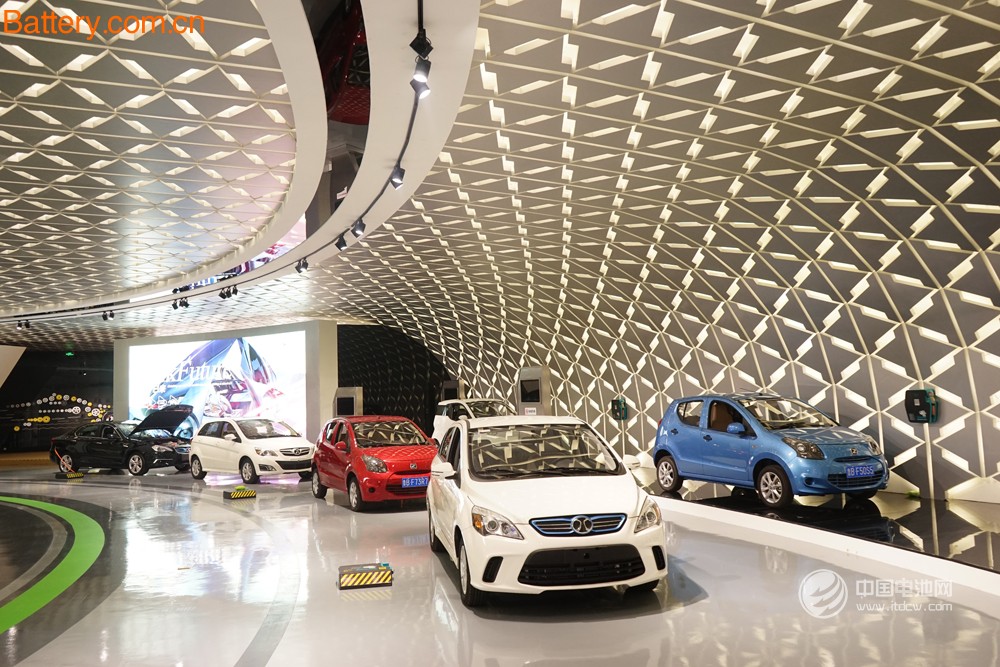
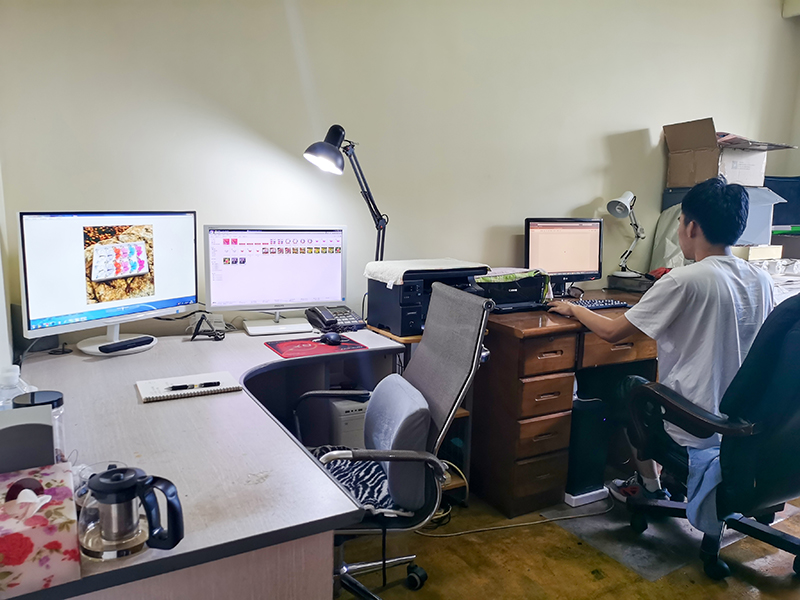
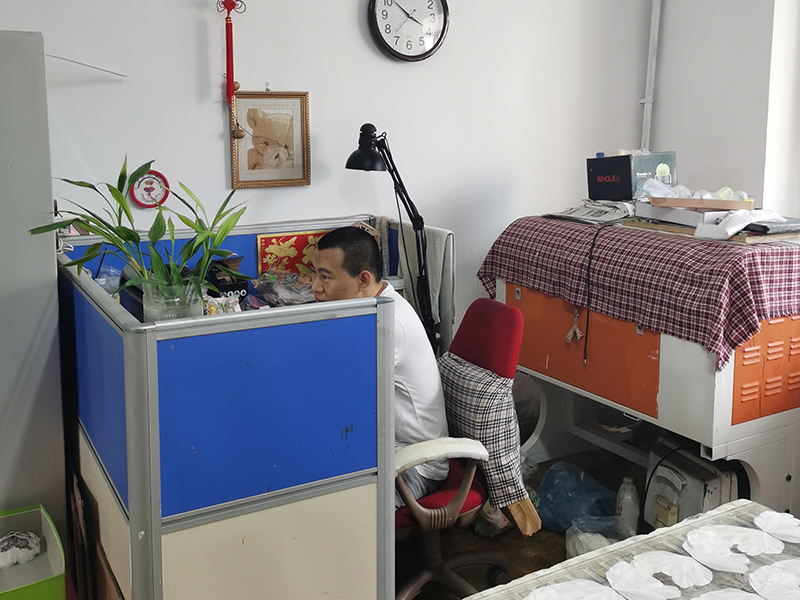
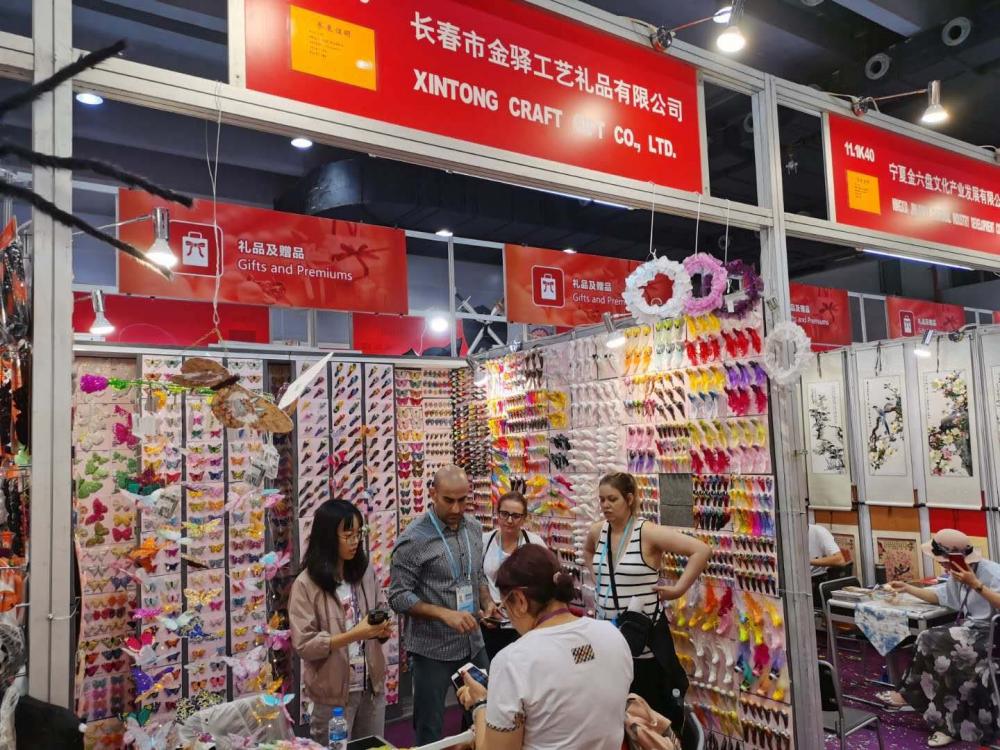
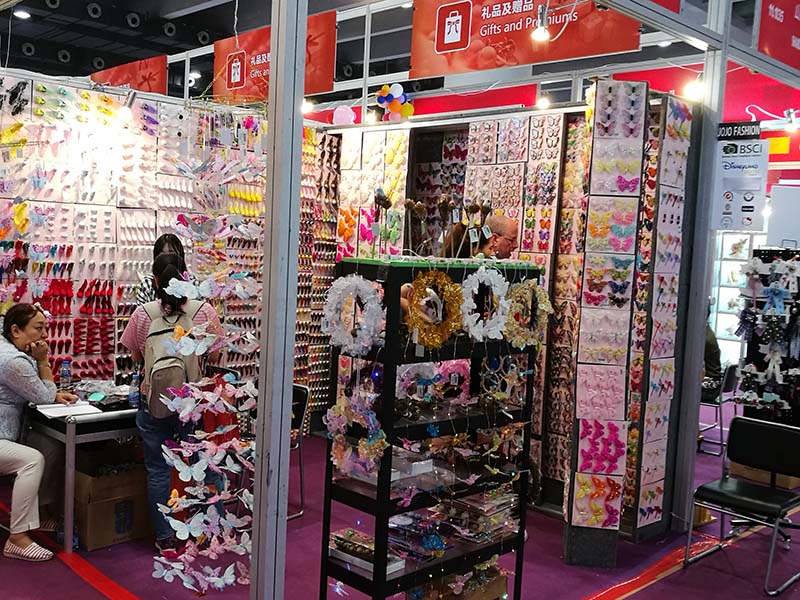
Global car companies each contribute to the layout of new energy vehicles
New energy vehicles have entered a period of rapid development on a global scale, and large-scale car companies have shifted from past wait-and-see and cautious investment to strategic investment. This article will briefly comb this situation that affects the industry's tremendous changes and its vehicle-enterprise counterparts.